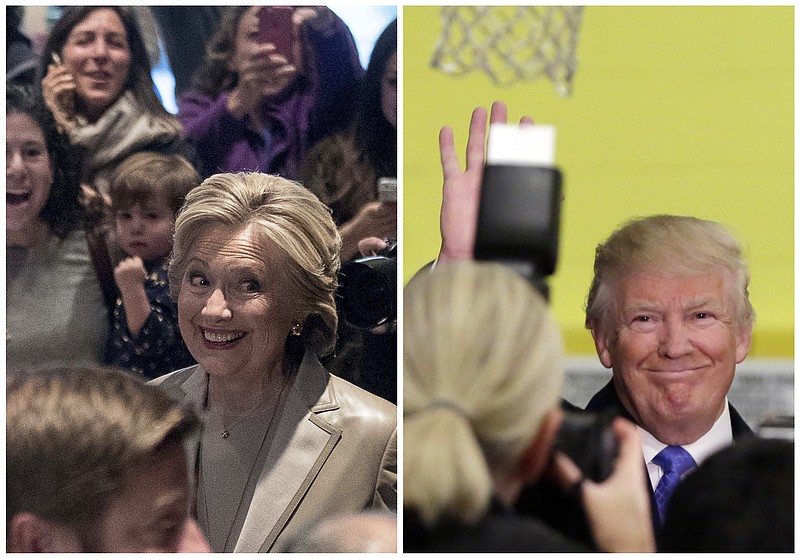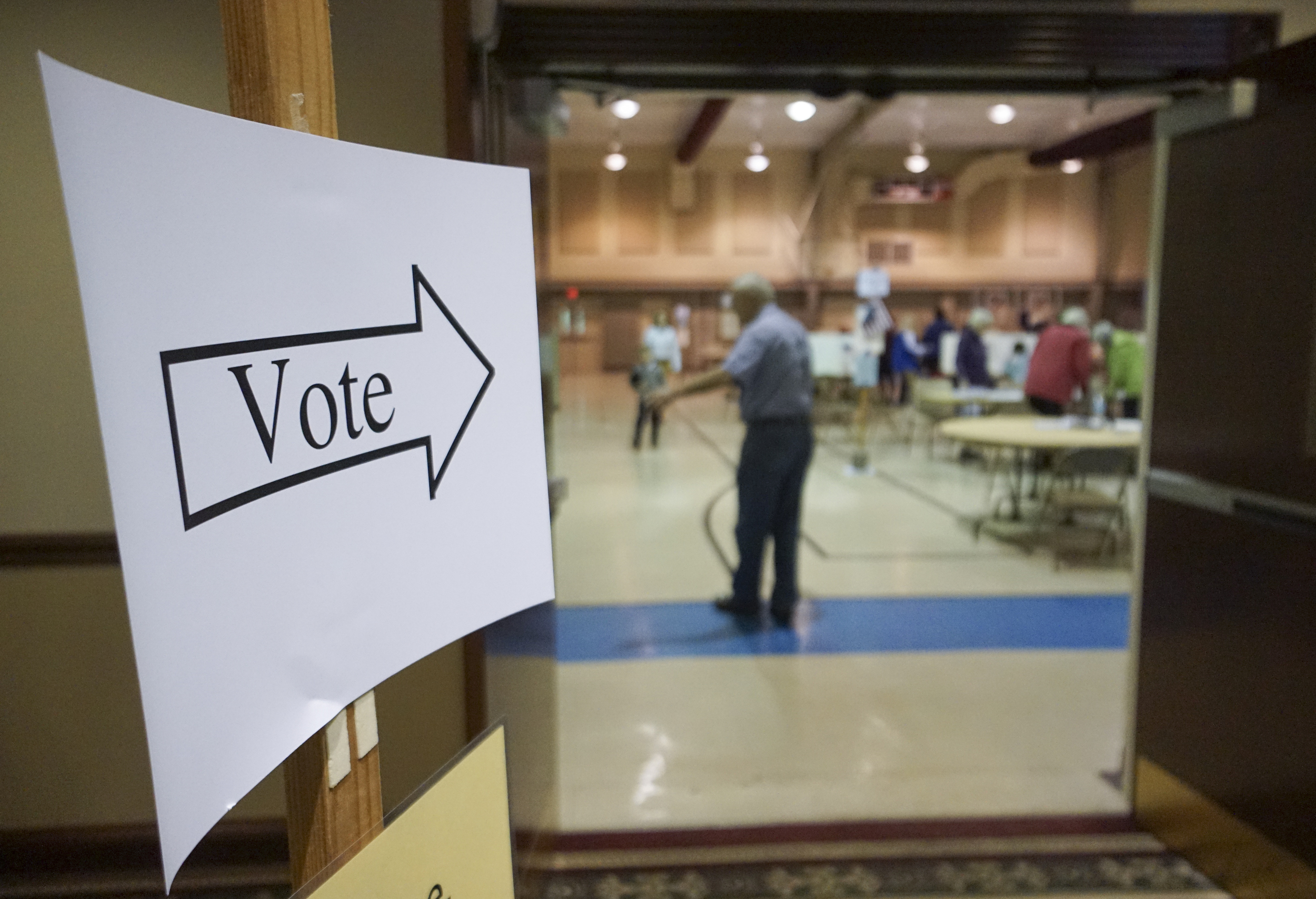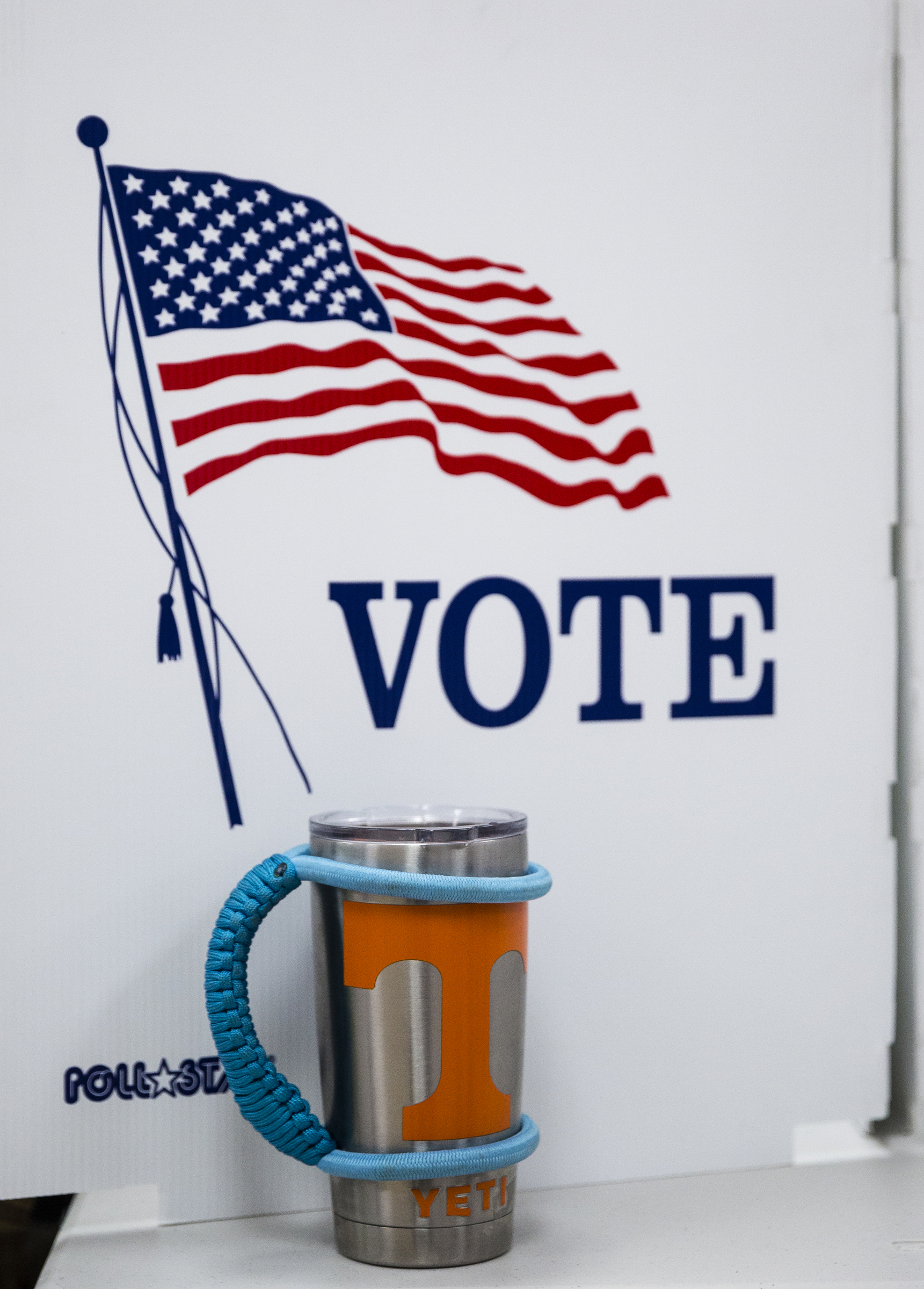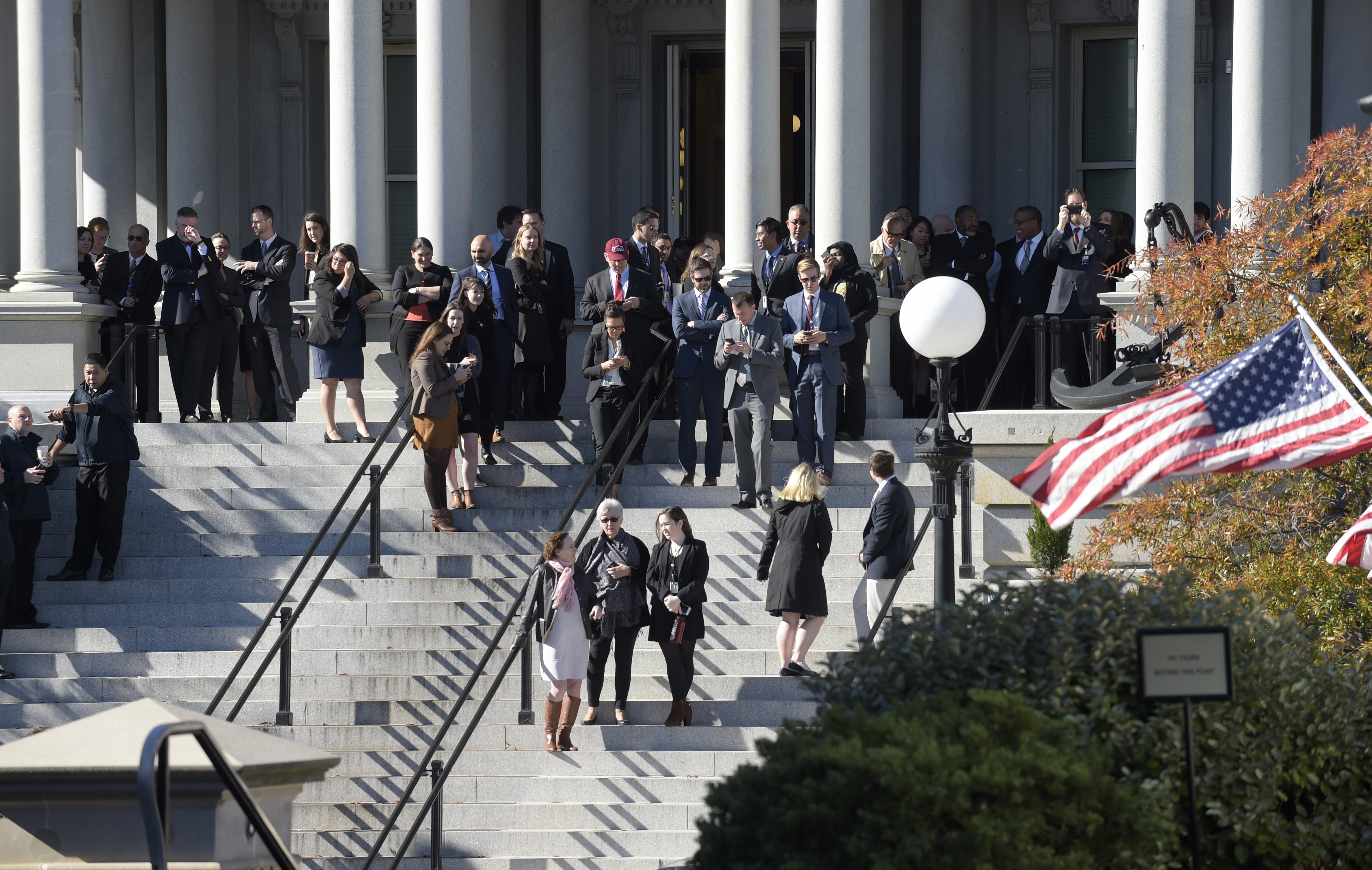Local political party officials point to voter turnout and a frustration with the governing establishment as key drivers for Republican Donald Trump's presidential election victory Tuesday.
Trump carried Tennessee, Georgia and Alabama with overwhelming support among white, rural voters. Although Hillary Clinton did better among women than men, she failed to win a majority of any county in the Chattanooga region.
While the Trump campaign benefited from inherent red state advantages in the region, Republican officials said they consider the presidential election a matter of striking a blow against the establishment.
"What we witnessed last night was an historical moment for our country where the average person expressed their opposition to the D.C. political establishment of both parties," Hamilton County Republican Party Chairman Tony Sanders said in a statement Wednesday.
In Hamilton County, Trump carried more than 55 percent of the vote in the most competitive of the counties in the region. In surrounding rural counties in Southeast Tennessee, Northwest Georgia and Northeast Alabama, Trump averaged more than three fourths of the vote total, scoring bigger wins in most counties than did Republican Mitt Romney four years ago or John McCain eight years ago in their unsuccessful races against President Obama.
Bradley County Republican Party Chairman Adam Lewis said the major party primaries offered strong evidence of a fight against the establishment. Using "a broad brush," that means Washington and elected officials who have served two or three terms, he said.
"Trump became an outlet for a lot of people," Lewis said.
The Great Divides
Exit surveys of 360 randomly selected voters across Hamilton County showed Clinton received overwhelming support from black voters and did slightly better among female voters than among men going to the polls on Tuesday.
Among black voters willing to say who they voted for in surveys in Hamilton County during early voting and on election day, more than 95 percent said they voted for Clinton. But more than 61 percent of the white voters in Hamilton County said they voted for Trump, while Clinton got only 29 percent of the white vote, according to the Times Free Press voter survey.
In the heavily black Alton Park neighborhood, Clinton captured more than 88 percent of the vote in one precinct, compared with only 6 percent for Trump. But in one overwhelmingly white voting site in Harrison, more than 93 percent of the voters cast ballots for Trump, compared with less than 7 percent for Clinton.
Kelvin Scott, the sole black member of the Hamilton County Election Commission, called for removing obstacles to voters. That comes down to offering more early voting sites and encouraging elderly voters to use absentee ballots as a means to overcome health and transportation challenges on top of long voting lines, he said.
Scott recently voiced concerns about black voter suppression, describing how he encountered what he termed an unusual amount of scrutiny when he tried to cast ballots during the early voting period.
It's also about the ground game, Scott said.
"I don't think the Clinton campaign did enough in Hamilton County," he said, also questioning the campaign's efforts statewide.
Ultimately, more voters need to turn out regularly for local elections instead of just turning out for presidential battles, Scott said.
In Hamilton County, Trump won among both men and women voters in the Times Free Press poll. Trump had a 5 percent advantage over Clinton among women respondents (51 percent to 46 percent), but he enjoyed a much larger 18 percent advantage over Clinton (55 percent to 37 percent) among male voters surveyed by the Times Free Press.
Bonnie Trotter of Hixson, a Clinton supporter, said Trump's victory has inspired her to get involved with the local Democratic Party - something she said she has never done before.
"I'm devastated," Trotter said. "Donald Trump is not prepared to be the leader of the Free World and it does not seem he tried to get prepared. He frightens everybody."
But other voters seemed eager for change in Washington, helping Trump to win more than 60 percent of the vote in both Tennessee and Alabama.
Trump won big in rural parts of the region, beating Clinton by better than a 4-to-1 margin in Rhea, Polk, Sequatchie, McMinn, Bradley, Meigs and Bledsoe counties in Tennessee, in Catoosa, Dade, Walker and Chattooga counties in Georgia and in DeKalb and Jackson counties in Alabama.
In Grundy County, Trump captured the highest share of the vote that any Republican presidential candidate has gotten in modern times.
Rebecca Hafford, a former Grundy County Democratic Party chairwoman who worked the polls Tuesday, said voters in Grundy County and rural communities often feel they are being left behind and want a new direction in government.
"Many people in Grundy County, like many folks in small towns, are upset, and Donald Trump said the kind of things they wanted to hear," Hafford said. "The election, in many ways, was the cities vs. the rural areas, and in this election I saw a lot of people turn out and vote who hadn't voted in decades."
Hafford, although a lifetime Democrat, said she hopes Trump will bring jobs back to America like he has boasted "and if he does, I will support him."
In Grundy County, Trump scored 17 percentage points better than Mitt Romney four years ago and 22 percentage points better than John McCain did eight years ago in their unsuccessful campaigns against President Obama.
Trump also swept traditionally GOP counties in the region, including Bradley County where the GOP nominee got nearly 76.5 percent of the vote, while Clinton received only 18 percent.
Lewis cited strong conservative and evangelical demographics as contributing factors to Trump's victory in Bradley County.
"All these factors make Bradley County ripe for a Republican victory," Lewis said.
Jeremy Strickler, assistant professor of political science at the University of Tennessee at Chattanooga, said Clinton was not as successful as Obama in bringing out traditional Democratic constituencies to the polls, while Trump supporters seemed to turn out in droves.
In 2008 and 2012, the Obama campaign was able to bring out new, younger voters, but from what he can tell, Clinton did not replicate those results, Strickler said. Trump, on the other hand, seemed to draw out new voters, although it is not clear at this time whether they were first-time voters or not.
"We saw, as usual, turnout matters," Strickler said.



